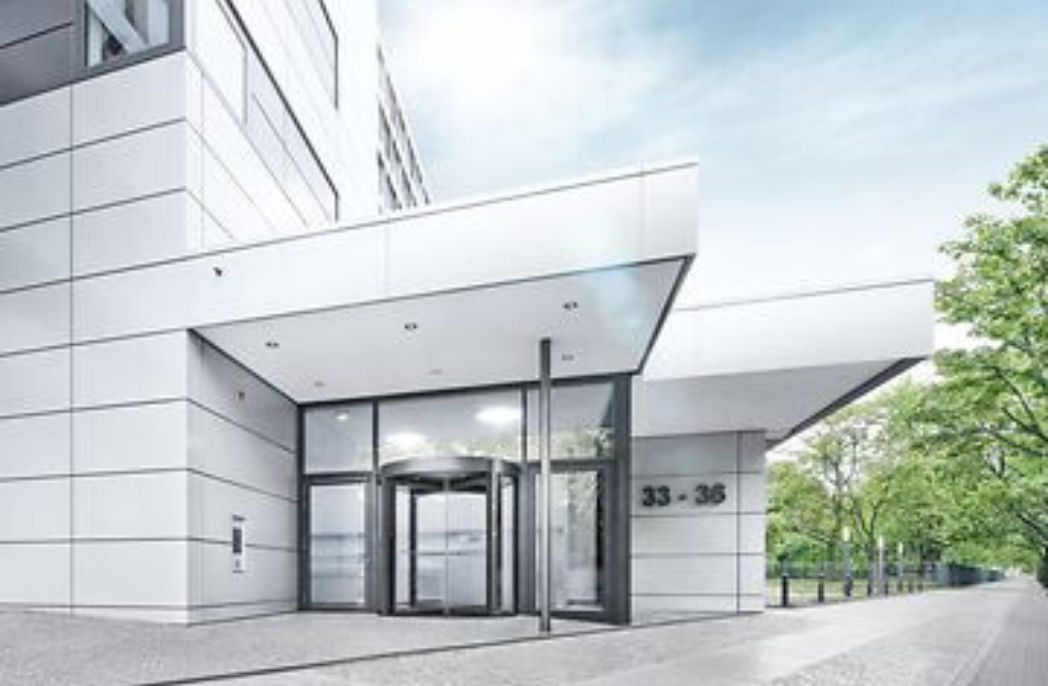
Closing the door on security concerns
Share
There are many reasons we need our doors to close firmly and securely behind us – safety and the prevention of heat loss among them. Above all, however, it’s a matter of security. But how do you know when to specify a door closer and which is the correct one to choose? Malcolm McKenzie reports.
With security top of mind in the minds of all involved in the building design industry, specifying door closers when considering egress and access solutions is now second nature. Door closers ensure that people entering and exiting a building don’t have the responsibility of making sure the door is securely closed behind them.
The fundamental thing to remember when specifying any door products is that you can spend $10,000 on electronic security on a door, but if it does not close efficiently and securely, then those security items are money down the drain.
Today’s security door applications typically involve the use of electromagnetic locks, drop bolts and most work with a receiving plate or, alternatively, have a latch mechanism that engages into an electric strike. If the door closer lacks the strength to close, engage the electromagnetic locks receiver plate or the strike plate, then basically that security is useless. People will invariably key in or swipe a card and enter the premises, expecting the door to close behind them. All it takes is for the door to be sitting one or two degrees off the fully closed position and it won’t secure.
So a well-designed door closer that shuts securely and reliably every time is a must. And the best way to ensure this is a well-designed and fitted door closer. But there are different types available, so how can designers know which is the best fit for purpose? The first consideration is to ensure that the solution you choose is compliant and approved to the EN1154 or AS4145.5 door controls standard, which provides details on product types, classification by use, test cycles, door mass and corrosion resistance, as well as definitions, product performance requirements, test apparatus, test methods and marking of products.
Selecting door closers that comply with a standard provide specifiers with peace of mind. Once this standard is complied with, it’s possible to select an appropriate spring strength door closer to suit known closing conditions.
Applications
As a rule, a building is broken down into internal and external doors, with the latter requiring the most robust solutions, as they suffer the greatest from air pressure issues. But there are exceptions to the rule. In a high-rise building, stairwells are typically pressurised, as they are fire escape routes. Fire doors must be self-closing at all times to ensure the door closes after every use. If a fire door is not closing efficiently, it may be that the closer installed has inadequate strength or requires some additional spring adjustment. A professional expert or service team can assist with adjustment or advice regarding the right model and installation for any application. Lifts too create much variation in air pressure when they rise up the central part of a building so, like stairwell doors, lift lobby doors are also treated in the same way as external doors.
Hospitals too have very specific requirements. Further to the necessary smoke and fire doors, such environments require their door closers to provide many additional functions. They assist with climate control (loss of heating or cooling), security, acoustics and the prevention of infectious diseases in isolation airlocks For general internal applications, the strength of the door closer is aligned to use.
In a nursing home, for example, where you may have people with physical challenges, closers with an immediate drop-off in opening resistance such as cam action door closers are preferred. The more difficult a door closer is to open, the more resistance a person passing through that door will encounter. So, the object is to select the right type of door closer with as little resistance as possible to open, while maintaining a strong closing force ensuring the door closes efficiently and safely.
Speed control
Other adjustments that can be made to the door closer are its sweep and latch closing speeds and these should be adjusted so the door closes safely, and doesn’t slam shut. On selected models of door closers you will find a feature known as delayed closing, or delayed action. While this could be thought to cause an issue for security purposes, it is particularly handy in a number of situations, such as facilitating access for a person in a wheelchair, carrying large volumes of goods or pushing a trolley through an entrance.
Which to choose?
There are two main types of door closer: the rack and pinion, which has been around since the 1890s, and the more modern cam action. The latter requires less resistance to open the door while still maintaining a strong closing force. Accordingly, they offer people with disabilities, the elderly and children a higher level of comfort in the operation of a door. A cam action door closer has a unique heart-shaped cam, which leads to higher efficiency due to the fact that the spring of the closer has minimal travel compared to rack and pinion door closers. Cam action door closers have an immediate drop-off in opening force the moment a door is opened and provide maximum closing power right up to the point of the door being fully closed thus better securing doors.
Often users believe that because a door closer has a slide channel that it must be a cam action door closer, but this is false. Cam action closers do use a slide channel, but the internal mechanism of the door closer with the heart shaped cam is uniquely different to other types of door closers. Rack and pinion closers, on the other hand, were designed to be used with scissor arms, never slide channels, although these are sometimes added for aesthetic reasons. The downside is that the effects of opening the door are increased dramatically, sometimes up to four times greater than the forces stated in AS1428.1 allow.
Also rack and pinion door closers with slide channels lack closing strength resulting in doors that simply do not close efficiently resulting in loss of security, fire door integrity, acoustic issues and heating or cooling losses. Whichever type you select, remember that the highest efficient door closer you can have is one that delivers almost the same closing force as it does opening force. So in a perfect world, if it takes a user 20 Newton-metres of force to open the door, if that door closer delivers 20 Newton-metres of closing force, it will be 100 percent efficient.
Malcolm McKenzie product manager Door Hardware | Pacific, dormakaba.
You Might also Like




















